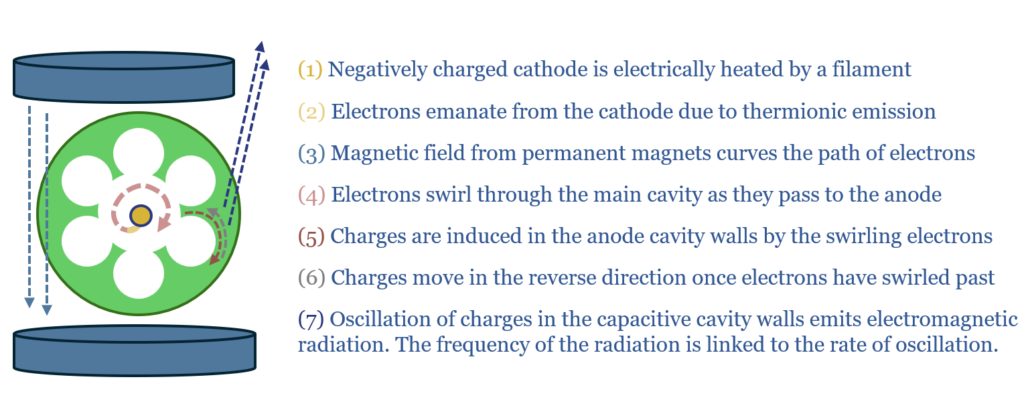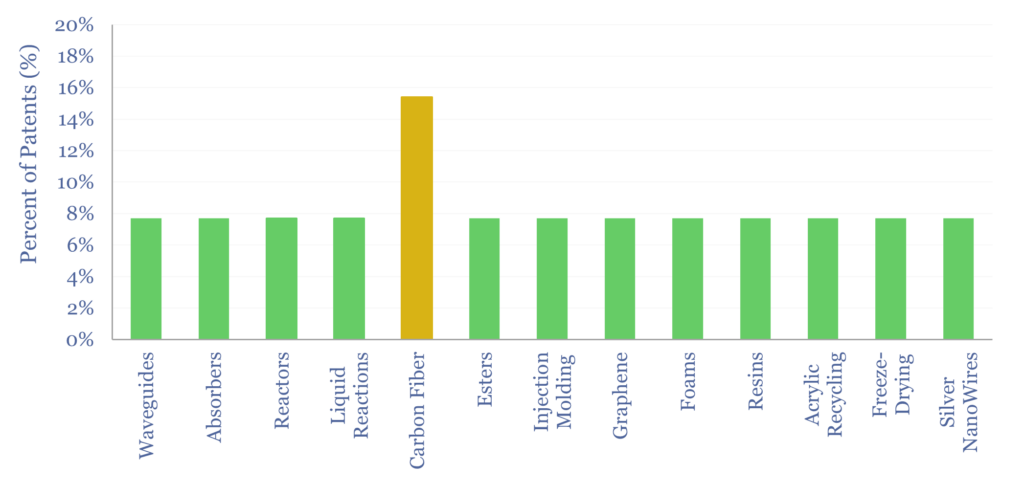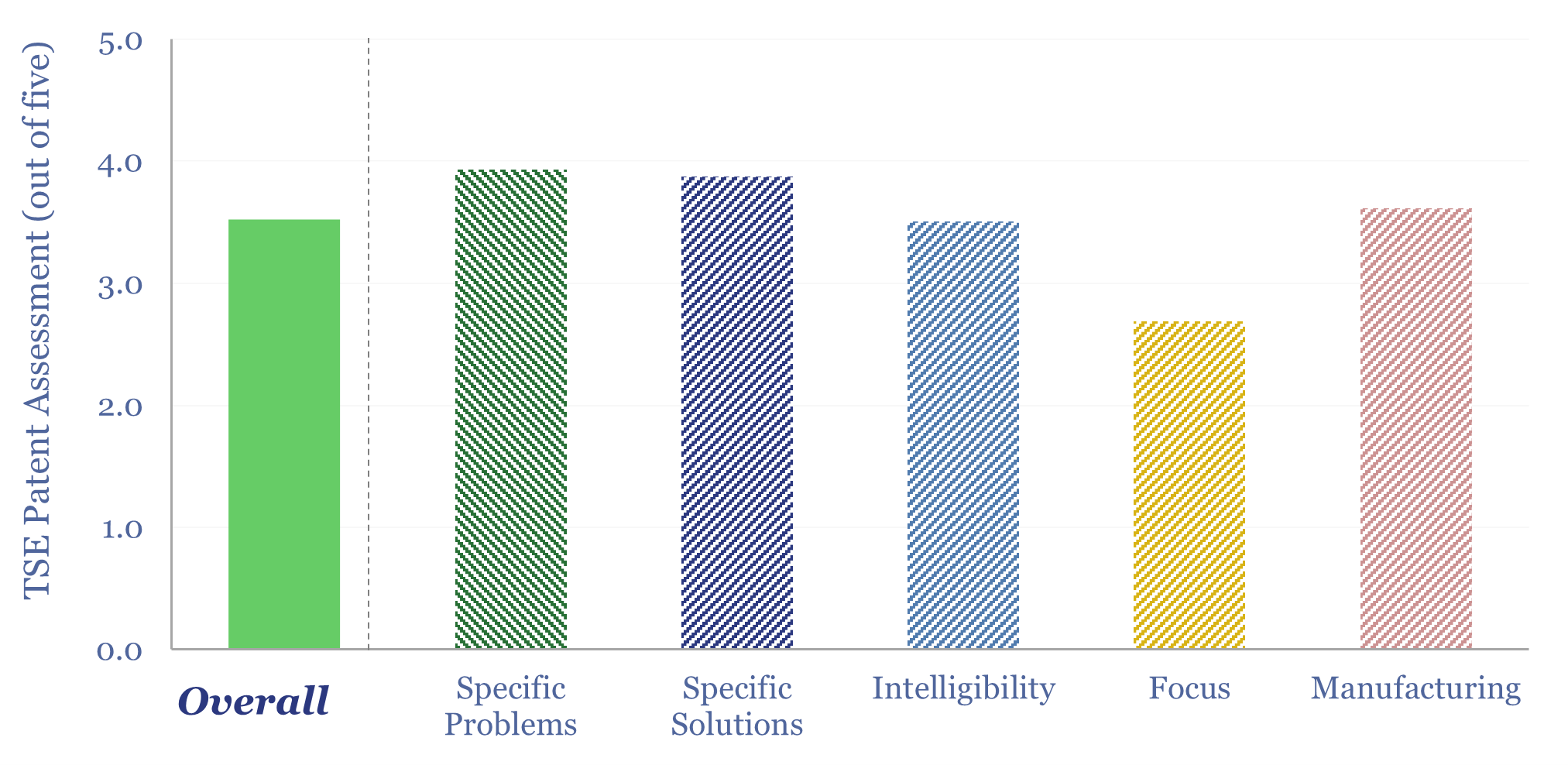Microwave Chemical is a small-cap company, developing microwave-based heating solutions, across over a dozen use cases, from acrylic recycling, to producing food/cosmetic compounds, to carbon fiber (particularly interesting!). We reviewed a dozen of the company’s patents in this data-file, which is a Microwave Chemical technology review and found a moat in efficient microwave heating.
Microwave Chemical was founded in 2007, has 60 employees, is headquartered around Osaka University, listed on the Tokyo Stock Exchange growth market, with TTM revenues of $13M and a market cap of $60M at the time of writing.
Microwave Chemical aims to re-shape the chemicals industry by using microwaves instead of combustion-based heat, to drive chemical reactions. This matters as the chemical industry uses 40% of Japan’s manufacturing energy.
Microwaves are electromagnetic waves, with frequencies between 300MHz and 300GHz, or wavelengths between 1mm and 1m, produced in cavity magnetrons (schematic below). When used for industrial heating, they can transfer energy directly into dielectrics, so that the object being heated behaves like a heat source.

Thus Microwave heating can be 80-90% efficient, up from 40-70% at combustion-based energy (or direct electric heating), as these alternatives inherently heat up outer walls of reactors, boilers/burners, internal volumes of reactors, exhaust gases from combustion and other exhaust gases from the reactor.
This Microwave Chemical technology review was based on sampling a dozen out of the c98 patent families assigned to the company in global patent databases. The patents were clear, defensible and scored highly on our patent framework, but were very broad-ranging (chart below). Hence, we think the key challenge for the company is driving revenues from front-runner solutions.

There are interesting opportunities in more efficient production of plastics, in graphene, in plastic recycling, metals, materials and creating silver nanowires for solar/electronic devices as an alternative to ITO thin films.
However, the angle that stood out most was Microwave Chemicals’ partnership and pilot plant with Mitsui Chemicals ($4.3bn market cap), which is capable of producing carbon fiber with c30-50% lower energy than traditional methods, which greatly helps carbon fiber economics, and could help meet a potential doubling of carbon fiber demand linked to reconductoring of power grids.
Details on Microwave Technology’s sample patents, and especially its carbon fiber production process, are covered in this data-file.
